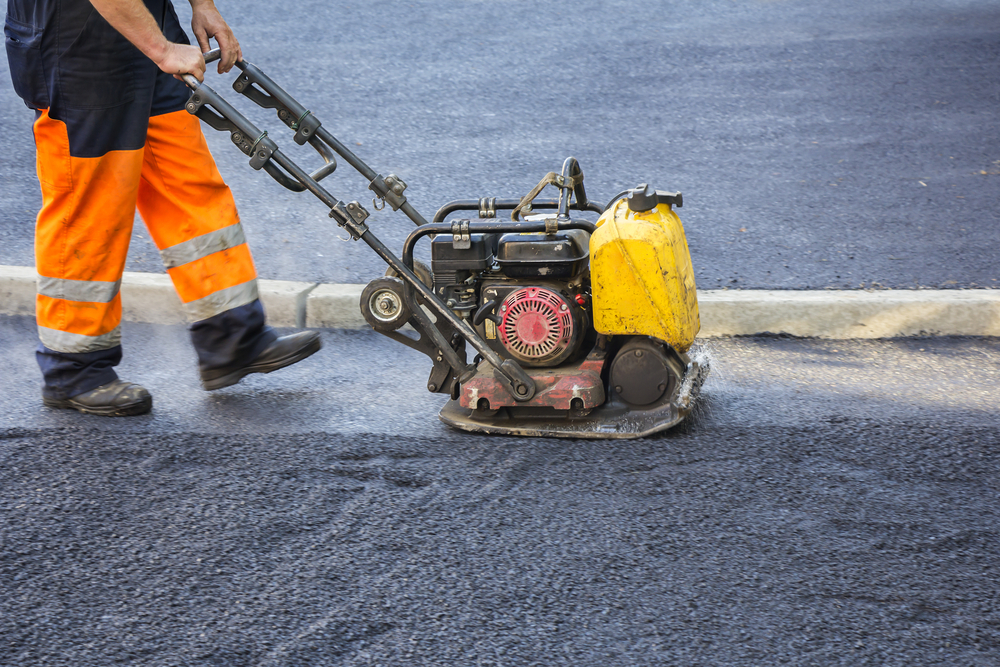Sector - Health & Safety
Health and safety – why run the risk?

The Health and Safety Executive (HSE) has recently published the culmination of its investigation into substandard practices at Balfour Beatty Utility Solutions Ltd, where the company was sentenced by the court and fined £500,000 after it was alleged it had exposed its workers to a debilitating health condition over a nine-year period. Mark James, Partner at Dispute Resolution, Coffin Mew, examines the evidence.
The HSE investigation considered whether workers at the company were exposed to unacceptable levels of hand-arm vibration between 2002 and 2011, which put them at risk of developing Hand-Arm Vibration Syndrome (HAVS). HAVS, also known as ‘vibration induced white finger’ is a widely recognised industrial disease affecting the blood vessels, nerves, muscles and joints in the hands, wrist and arm. It can cause difficulties with everyday tasks such as gripping and lifting objects.
Sheffield Crown Court found that the company had failed in its legal duty to ensure the risks to workers who used power tools were kept to as low a level as reasonably practicable. It was held that the company failed to assess the risk to workers’ health, failed to put in place and monitor suitable risk control measures and failed to put in place a suitable risk of health surveillance.
While this is an extreme example of a company failing to adhere to health and safety regulations over a protracted period, it serves to highlight that the need for robust and effective health and safety policy is ever-present and ongoing.
Although there has been a general trend of improvement in health and safety practices in the construction sector, there is little room for complacency; the construction site poses a great number of possible risks both in construction and operation. The HSE records that in the period 2016/17 there were 679,116 non-fatal injuries in the workplace, while 137 workers were killed at work.
These statistics must also be considered against the backdrop of the new sentencing guidelines introduced by the HSE in 2016, which mandate much higher fines for breaches of health and safety law, and the approach of the judiciary in recent cases where they appear to support the new guidelines’ uncompromising approach to sentencing.
Since the introduction of the new guidelines the magnitude of the fines levied has increased, and the differences make for stark reading: in the period 2014/15 the total level of fines awarded amounted to £18.1M, compared to £38.3M worth of fines in 2015/16. In one recent case, Solarjen Ltd were fined £250,000 plus costs of £12,000 when one of their employees fell 3.5 metres through a hole in the roof he was working on. The company had failed to ensure that physical guard rails were in place to prevent his fall.
Management of health and safety risks on a construction project often poses a complex challenge. Multiple parties are involved throughout the various stages of a project, who may each owe health and safety duties in respect of one particular element of work. In certain circumstances, parties can even be found liable for a health and safety breach when their employees were not responsible for the action themselves.
There is an abundance of legislation imposing health and safety obligations in construction projects. It is prudent to address any health and safety risks posed by a project before work commences on-site. Relevant considerations and action points include:
- Whether the organisation’s health and safety procedures are current;
- Review risk assessments and ensure that these are utilised wherever relevant;
- Ensure all employees have access to relevant personal protective equipment;
- Consider whether any employees require additional or further health and safety training; and
- Manage the organisation’s insurance coverage to ensure that it is suitable and appropriate for the forthcoming project.
Business owners, directors and construction managers may also wish to consider whether it is sensible to incorporate health and safety related provisions into the works contract so that parties are obliged to adhere to relevant health and safety laws and industry best practice.
If you would like to read more articles like this then please click here.
Related Articles
More Health & Safety News
- Construction workers face the highest risk of fatality
13 Aug 25
Construction workers face the highest risk of fatality, with one in two Brits saying HSE
- A new chapter for the Building Safety Regulator
12 Aug 25
A package of potentially significant reforms to the makeup of the Building Safety Regulator have
- Seddon collaborates with ‘Mates in Mind’ to better support sub-contractors
2 May 25
Seddon Housing Partnerships and UK mental health charity Mates in Mind are collaborating to improve






